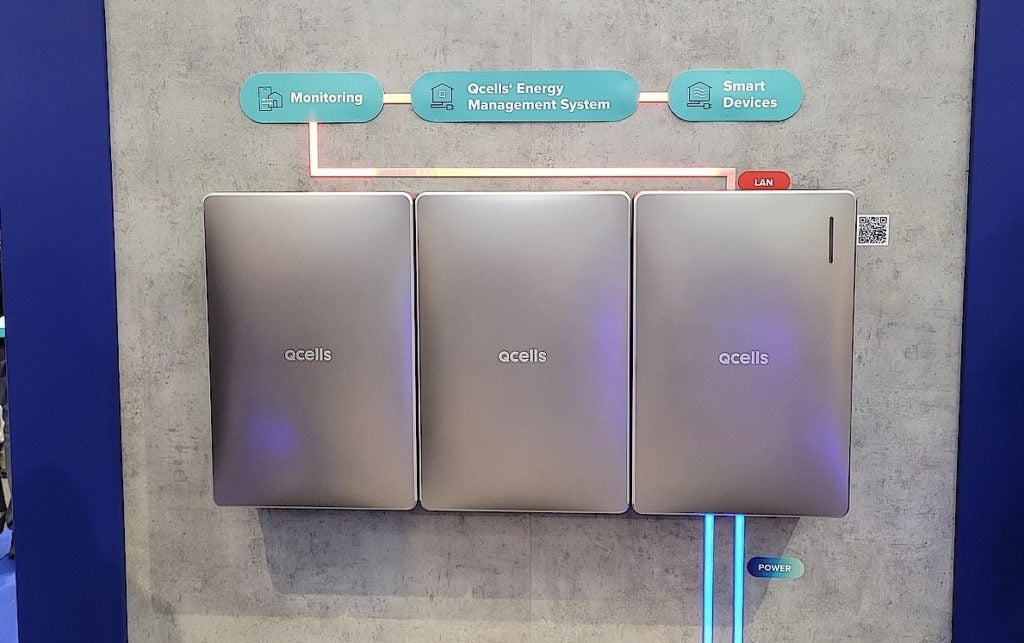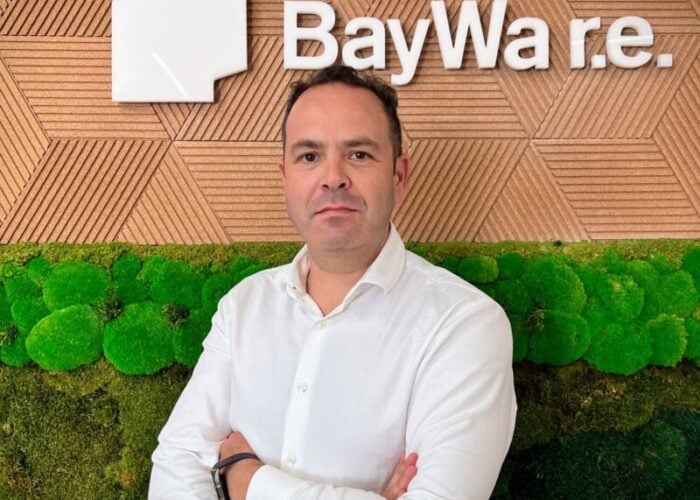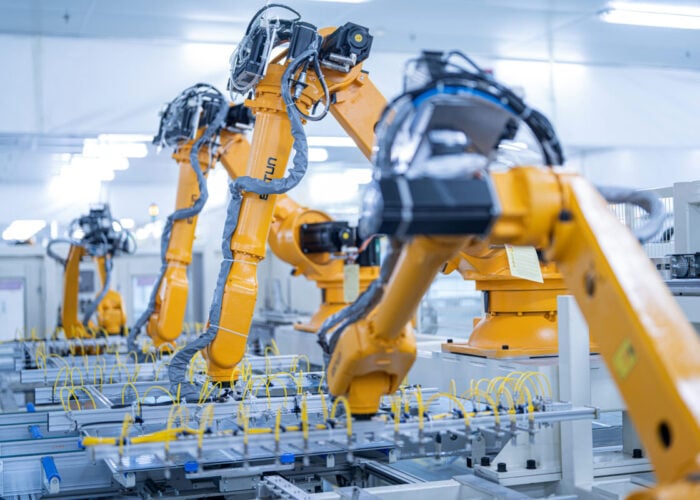
Qcells has its eye on the US with several recently announced plans for large investments in manufacturing, but it is also rebranding away from pure module manufacturing to also offer holistic home energy solutions with a push in the UK market.
PV Tech Premium caught up with Ian Clover, specialist corporate communications Qcells, at Solar & Storage Live 2022 to discuss the huge appetite for residential solar and storage, the company’s new module technology offerings and the burgeoning US market.
Unlock unlimited access for 12 whole months of distinctive global analysis
Photovoltaics International is now included.
- Regular insight and analysis of the industry’s biggest developments
- In-depth interviews with the industry’s leading figures
- Unlimited digital access to the PV Tech Power journal catalogue
- Unlimited digital access to the Photovoltaics International journal catalogue
- Access to more than 1,000 technical papers
- Discounts on Solar Media’s portfolio of events, in-person and virtual
Or continue reading this article for free
Qcells has made a number of manufacturing announcements based in the US including solar glass with Canadian Premium Sand and a 1.4GW module production facility. What is driving these movements?
Ian Clover: Much of our focus is in the US at the moment. That’s where we see large opportunities in terms of market growth and the chance to meet high demand with Made in America products. That’s why we’ve made these great commitments to the supply chain recently. I think that we’re not going to stop there if the opportunities continue to present themselves.
We’ve now been owned by Hanwha for ten years so we recently celebrated that with some big announcements.
The company is working on a number of different next-generation module technologies including n-type and even perovskite tandem. Could you detail what stage the company is at with these?
We have our Q.TRON BLK-G2+, which has a TopCON-type cell structure. It’s available in the UK market imminently. that’s the N-type. Just the first of the new generation of solar modules made with Q.ANTUM Neo cell technology, which offer higher efficiencies and lower degradation rates than typical PERC-type modules.
We do not wish to put a timeline on perovskite tandem technology, but it is the case that Qcells’ R&D teams in both Germany and Korea are invested in developing this technology as a pillar of Qcells’ next-generation suite of solar components.
So we’re fully embracing this next-generation module technology roadmap, whilst also rebranding ourselves recently to include offerings of completely clean energy and holistic end-to-end solutions. But Qcells has still got solar DNA. Obviously, we’ve been a massive pioneer in the solar energy space since the beginning.
Qcells is exhibiting a new scalable battery system for solar households in the UK. What are the key features?
In the UK, we’re leading with the Q.HOME CORE H4 energy storage system, which is available as a hybrid version and an AC-coupled version.
The hybrid is for new systems. So, if you’re installing a solar system on your roof with Qcells modules you can use the Q.Home CORE H4, which is manufactured with Samsung battery cells inside. It offers a 15-year warranty and is scalable up to 20.5kWh, making it suitable for all types of private households.
You can cover all of your household energy needs. And we have the Q.OMMAND app, which is a typical smart software solution to enable people to have a greater overview and control of their energy consumption patterns.
The AC version is for existing solar installations so we can just add on the batteries. So if you’ve got a solar system on your roof already, even if it’s not Qcells modules, you can still add the new storage system. We’re seeing huge demand already and although we can supply enough storage to meet that demand, installers are finding it difficult to keep up.
What policy supports would you like to see in the UK in order to scale up your operations, and how attractive is Europe?
It would be great to have some consistency in policymaking. That has been very difficult recently though partly because of self-inflicted damage. Perhaps the UK wouldn’t necessarily be the right kind of location for upstream manufacturing but on the continent certainly. We are interested in discussions being had between the EU and various solar bodies. We are always open to opportunities and we are looking to diversify our supply chain.
ASPs are coming down now as well. Solar technology always becomes cheap, so we’re confident that, left alone to its own devices, solar will elbow its way to the front of the UK energy system.
Back when solar first began its journey in the UK in 2010, people saw it as expensive. That’s why the feed-in tariffs were so generous but the costs have come down dramatically. Solar and storage are the future. They are so well liked and understood by the public. There’s also the flexibility we’re seeing with sector coupling underway too with renewable energy industries talking to and working with each other.
We recently introduced Q ENERGY as an organisation to investigate such coupling opportunities co-locating solar, storage, wind or even other new technologies like hydrogen as well. So, we see the future is a bit of a mix, but one that’s going to be solar-led.
Has UK demand soared significantly since the energy crisis or was it always building?
The energy crisis has had an impact, but we’ve noticed high demand in the UK throughout the year. The sales teams are telling me that it’s really insane at the moment. People are just desperate to install solar and storage.







